Use of azofoska in the garden: composition of fertilizer, rates and features of application
When growing vegetables, berries and fruits, summer residents often use azofoska, a broad-spectrum fertilizer. Top dressing is produced in three versions with different ratios of macronutrients. The use of azofoska increases the productivity of garden crops by 30%, and if we talk about poor soils in composition, fruiting increases by 50%. Fertilizer is introduced with the obligatory observance of the rules and regulations.
Fertilizer composition, release form, properties
The composition of the fertilizer includes three main elements necessary for the development of plants - nitrogen, potassium and phosphorus. Additionally, top dressing can be enriched with sulfur. In production, fertilizer is obtained by the interaction of apatite concentrate with nitric acid and potassium chloride.
NPK complex (nitrogen, phosphorus, potassium) is found in various brands in the following proportions:
- 16:16:16 - fertilizer made according to this formula is recommended for use for various vegetable, berry crops, lawn grass, application time and doses depend on a particular plant;
- 22:11:11 - top dressing contains an increased dose of nitrogen and is used in emergency cases on highly depleted soil;
- 19:9:19 - a complex with a low phosphorus content is suitable for southern climatic zones, where, under drought conditions, phosphorus is almost not washed out of the soil.
The agrochemical is produced in the form of granules of various sizes (from 1 to 4 mm), white or pink. The fertilizer is not prone to caking, as it has low hygroscopicity. The nitrogen in this dressing is in an easily assimilable ammonium form.
The granules dissolve easily in water, are not flammable, and have low toxicity.
Manufacturers recommend storing the drug in a dark, cool room. The container must be tightly closed, otherwise the beneficial substances will evaporate and after six months the azophoska will lose its properties.
The fertilizer can be applied in any climatic zone. The advantages of the drug include the almost complete absence of ballast substances (chlorine, sodium).
Azofosk can be replaced with nitrophos. Both drugs have the same formula, only the number of components in the composition can be variable. Nitroammofosk also consists of a mixture of nitrogen, phosphorus and potassium, but differs in the method of production, concentration and form of substances. Ammofoska, unlike other drugs in this group, contains a high amount of magnesium and sulfur, top dressing is often used for greenhouse soil.
Azophoska application rate
Azofoska is characterized by a high content of basic nutrients, therefore, it is necessary to strictly observe the application rate of the drug recommended by the manufacturer for a particular crop. If an overdose of mineral mixtures is allowed, plants, including fruits, will be supersaturated with nitrates. Azophoska is added to heavy soil at the end of the season, after the crop is harvested.
On sandy and sandy loam soils, spring top dressing is used, embedding granules in the ground during the first plowing.
The rate of application of azofoska with the formula 16:16:16 and 19: 9: 19 are similar:
- for potatoes - 2 tbsp. l. granules per sq. meter before landing;
- for tomatoes and peppers - 0.5 tsp. into the hole when transferring seedlings to the garden, at the beginning of flowering watering with a solution (30 g per 10 l of water);
- for cucumbers - before sowing seeds in open ground and in the first half of June, watering the soil with an aqueous solution (30 g per 10 liters of water);
- for pears, apple trees, plums, cherries - 2-3 st. l. in the root zone;
- for lawn - 3-4 kg per hundred square meters in the summer during the period of active growth and in the spring for the purpose of recovery;
- for flowers - annuals are fertilized with granules (30–40 g per sq. M), perennials are fed with a solution (40–50 g per 10 l of water);
- for strawberries - spraying on the leaf with a solution (50 g per 10 l of water) before flowering;
One and the same piece of land cannot be fertilized with Azofoska for more than 2 years in a row. Then organic matter is introduced into the ground - compost, manure. After a break of 1-2 years, you can again return to the use of mineral complex fertilizers.
Instructions for the use of azophoska for various cultures
Each culture requires its own dosage and application schedule. By using the optimal feeding scheme, you can achieve the best results in increasing yields and at the same time avoid the appearance of nitrates in the fruits.
Grapes
The peculiarity of grapes is that the culture consumes large quantities of nitrogen, potassium and phosphorus and greatly depletes the soil. Under these conditions, Azofoska is the most suitable fertilizer for the vineyard. Nevertheless, the drug can be applied no more than 2 times per season, using various feeding schemes.
For example, granules are scattered in autumn and spring in a dry form, consuming 35 g of an agrochemical per bush. You can fertilize the vine with an aqueous solution (2 tablespoons per 10 liters of water) before flowering and during the period of active formation of ovaries. In cold soil, the active substance is released extremely slowly, therefore, it is necessary to use Azophoska in warm weather (in spring - in mid-May, in autumn - in September).
Potatoes
Fertilizing Azofoskaya potatoes is justified due to economical consumption and low cost of fertilization. At the same time, the culture receives all the substances necessary for development. In autumn, the soil for potatoes in the garden is fertilized only if it is clayey. In other options, the agrochemical is applied in the spring.
It is not necessary to add the preparation for plowing. You can put granules directly into the well (4 g each). Fertilizer promotes the formation of larger tubers.
The second feeding is carried out 15 days after germination or at the time of bud formation. At this stage, top dressing can be foliar, the solution is prepared from 10-15 g of the drug per 10 liters of water.
Carrots and beets
For bright root crops, azofoska is used as a second top dressing in the spring if fertilizers prepared according to folk recipes (yeast solution, green cocktail) were applied for the first time.
The mixture can be combined with other chemicals. For example, dilute 1 tbsp in 10 liters of water. l. azophoska and potassium sulfate. This solution contains all the substances necessary for the development of carrots and beets.
Organic dressings are not used during the growing season of root crops, as they impair the taste of the fruit.
Currants and raspberries
According to the instructions, fertilization of Azofoskaya fruit and berry bushes is carried out once a year at the beginning of the season. The granules are scattered under the bush at the rate of 35 g per sq. m, then watering is done. Soil temperature at the time of fertilization should be at least 8–10 ° C.
The sulfur contained in the preparation improves the process of photosynthesis. After feeding currants and raspberries, metabolic processes are activated in plant tissues, the immune system is activated, roots grow, the number of ovaries increases, and the taste of fruits improves.
The popularity of azofoska is due to its ease of use, affordable price, economical consumption and a noticeable effect of using the drug. Observing the schemes and rates of feeding, you can only count on a positive result. To prevent the accumulation of nitrates in the soil, every 2 years you should take a break from using the mineral mixture, replacing it with organic fertilizers.
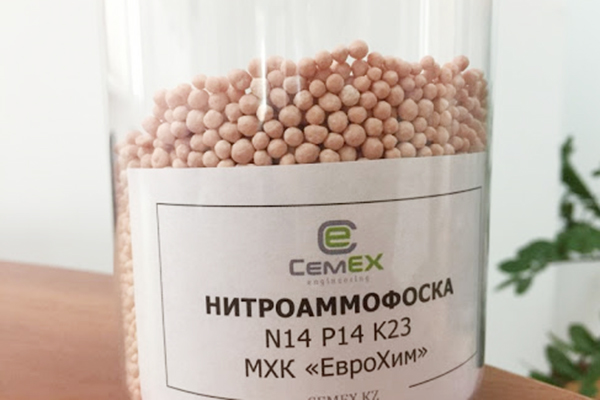
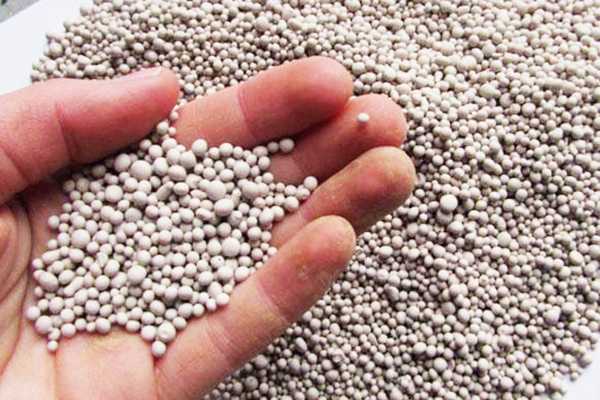
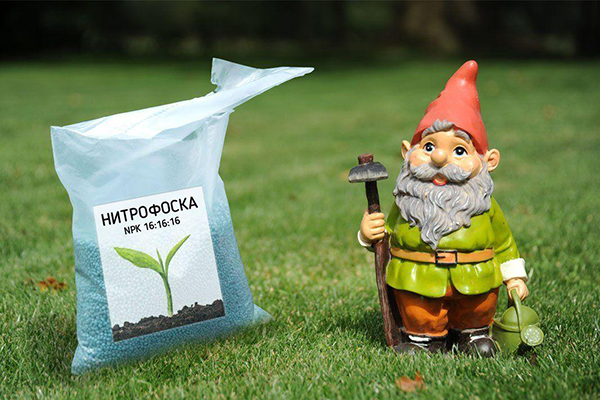
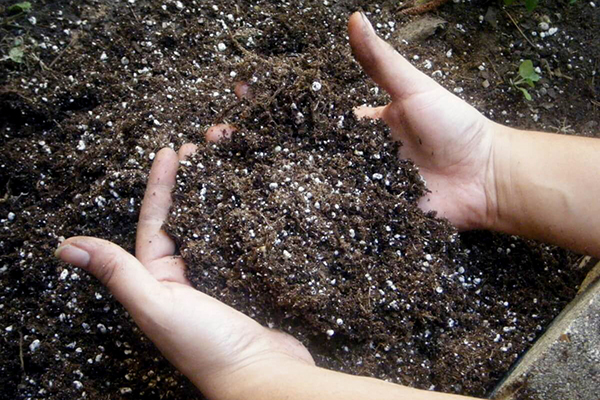
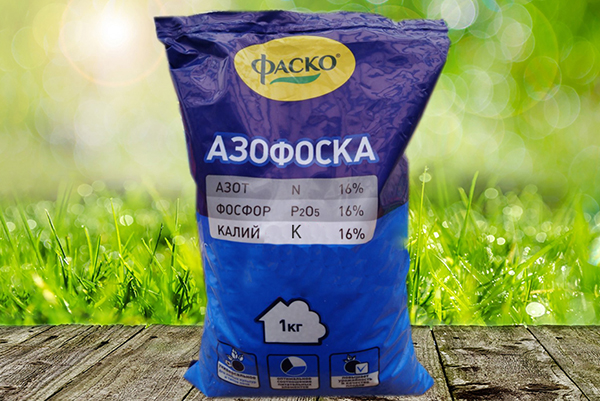
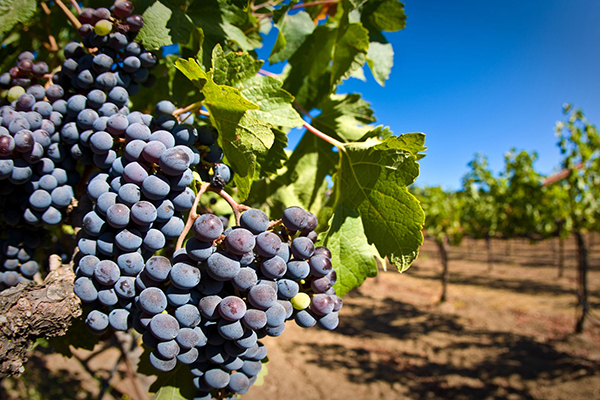
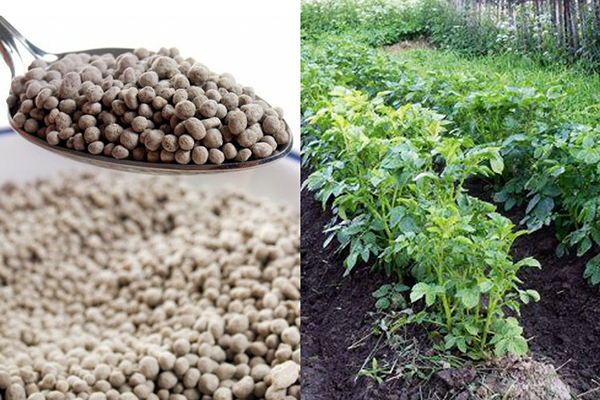
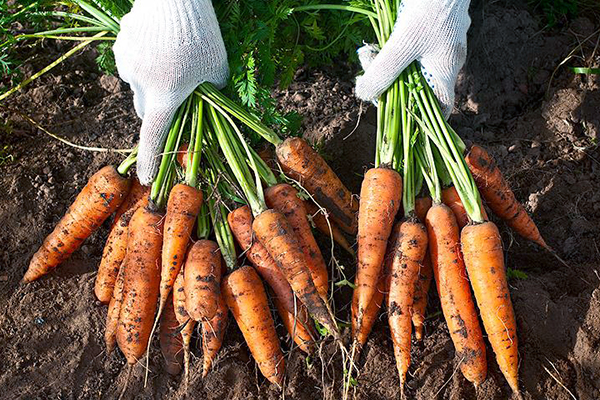
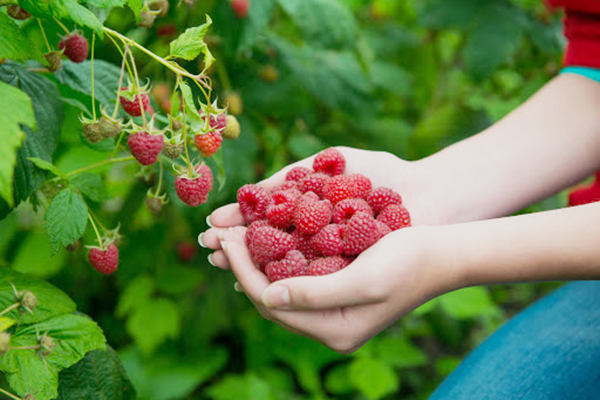
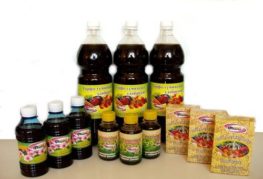
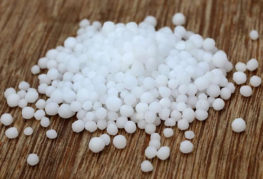
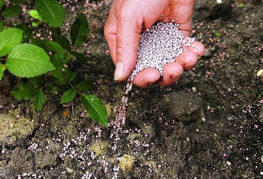
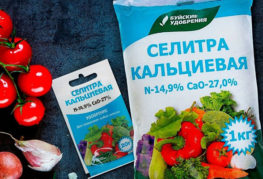
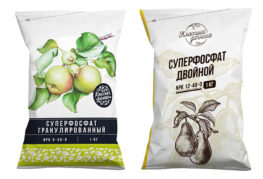
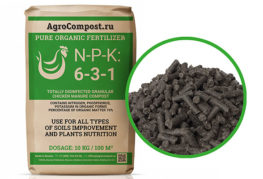
and will be published shortly.